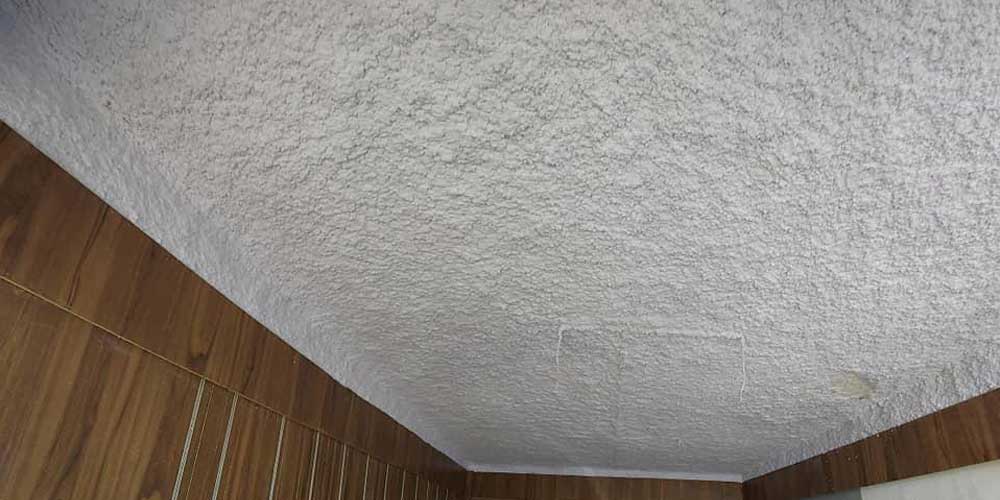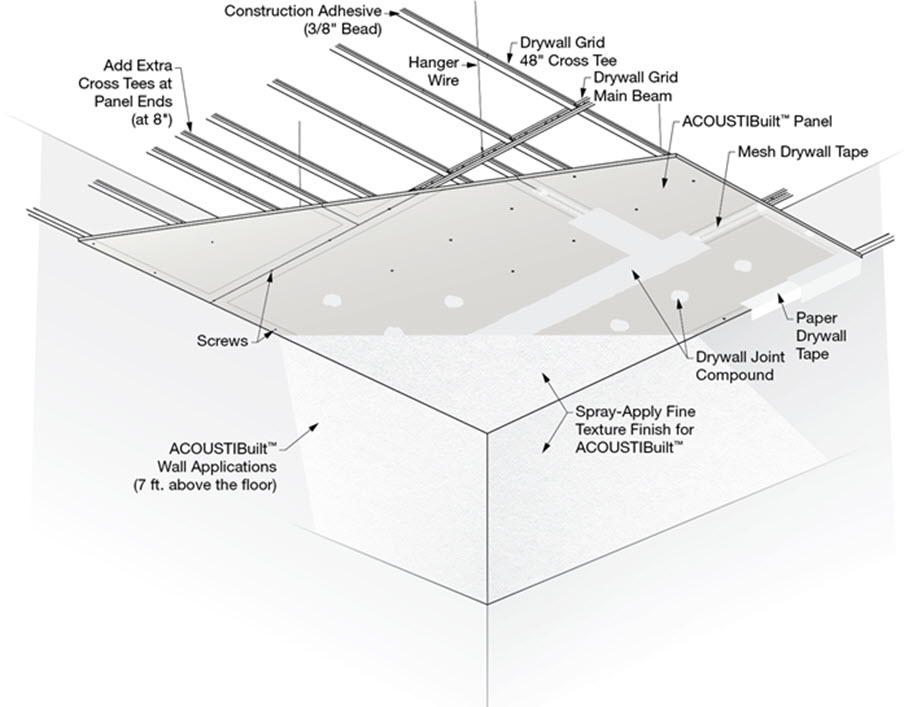Acoustical Plaster
Acoustics Plaster
Acoustic plasters are aesthetically favorable because it allows for seamless smooth application compared to panels that show visible joints. Some acoustic plasters contain aggregate, but better systems incorporate fiber. Acoustic plasters are generally applied at a thickness between 16MM, 20MM, 25MM. Acoustic plasters consist of a base layer of absorptive substrate panels, which are typically mineral wool, or a non-combustible inorganic blow-glass granulate. A first finishing layer is then applied on top of the substrate panels and when dried, produces a first layer of sound attenuation. A second finishing layer may also be added to create a second system of sound attenuation. If the second density if less than or equal to that of the first layer, the sound attenuation of the second layer would be greater than the first and vice versa.This allows for the flexibility of changing the acoustic properties of the space.
Acoustic plasters can significantly reduce the sound reverberation within the space. Most acoustic plasters have a Noise Reduction Coefficient between 0.5 and 1.00. However, it can be more fragile, being affected by physical stress and humidity.
Despite its advantage, acoustic plaster requires high levels of artisan skills in order to obtain the rated so different types of mounting styles for acoustic plasters can also affect the acoustic performance of the system and absorption coefficients Acoustic plaster is used in construction of rooms which require good acoustic qualities such as auditorium and libraries.





